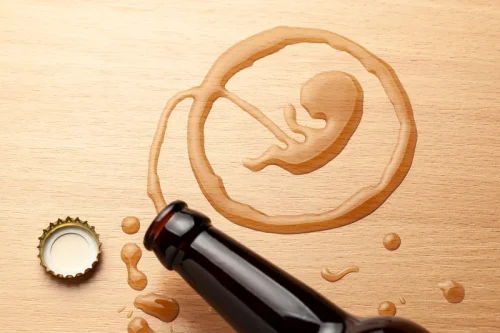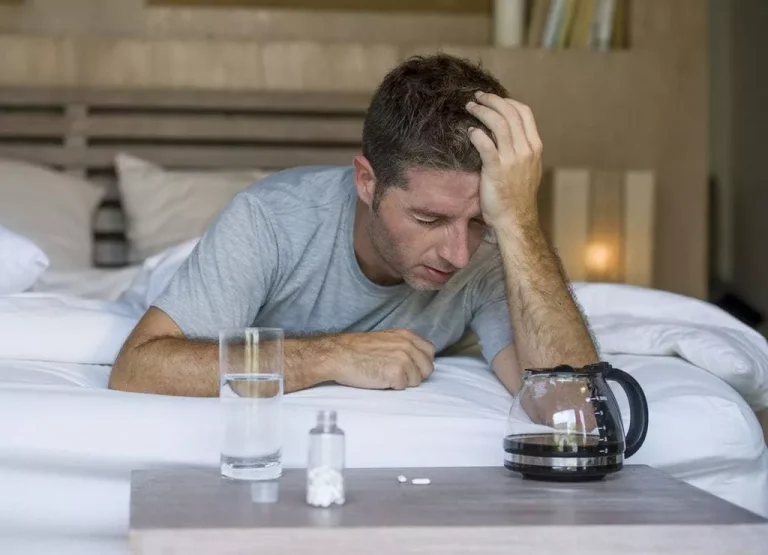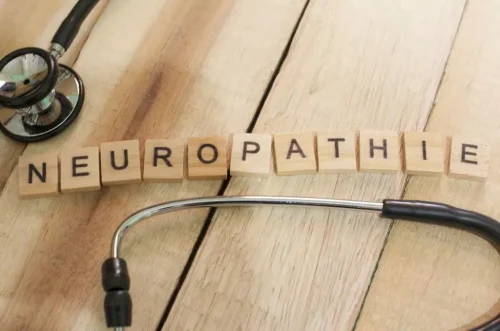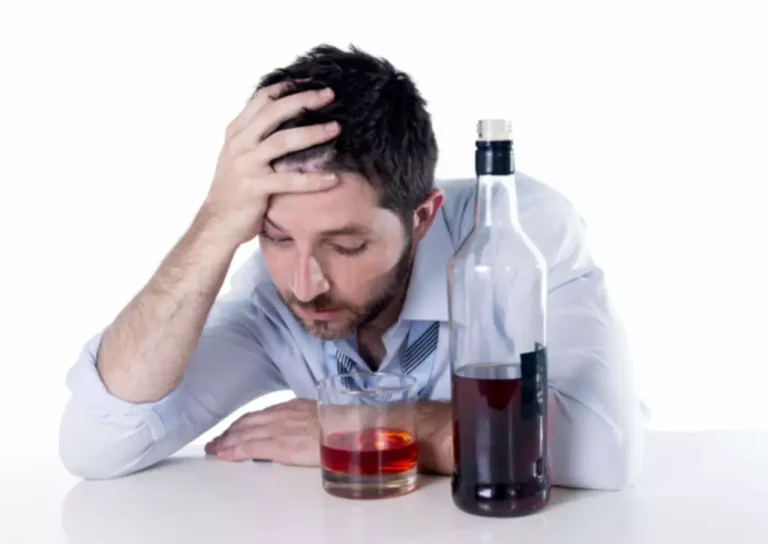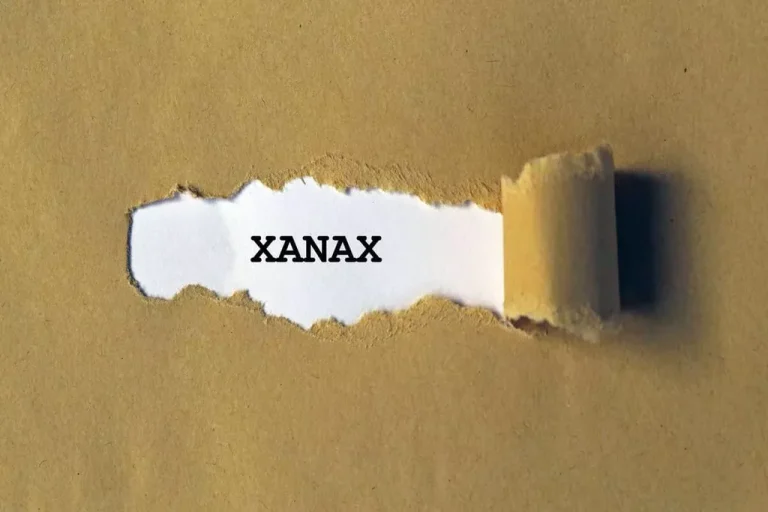FAMILY SUPPORT NAVIGATORS Friends of Recovery New York
Healthy family roles and behaviors include holding the loved one accountable for their behavior and creating rewards for positive choices. In some cases, you might not be able to make it to the treatment program for a visit. This may be due to financial constraints, personal obligations family support in addiction recovery at home, or sickness. In-person family visits may even be put on hold at certain times, such as during the COVID-19 pandemic where social distancing is encouraged or mandated. In these cases, you may be able to support your family member with regular phone, Skype, or Facetime calls.
Resources for Families Coping with Mental and Substance Use Disorders
- Substance abuse and addiction can damage family dynamics, erode trust, and weaken communication.
- Many definitions of recovery include not only the return to personal health but participation in the roles and responsibilities of society.
- Families should aim to express their concerns and support without judgment or accusation.
Studies show that those who detour back to substance use are responding to drug-related cues in their surroundings—perhaps seeing a hypodermic needle or a whiskey bottle or a person or a place where they once obtained or used drugs. Such triggers are especially potent in the first 90 days of recovery, when most relapse occurs, before the brain has had time to relearn to respond to other rewards and rewire itself to do so. Learning what one’s triggers are and acquiring an array of techniques https://ecosoberhouse.com/ for dealing with them should be essential components of any recovery program. What is needed is any type of care or program that facilitates not merely a drug-free life but the pursuit of new goals and new relationships. Recovery from addiction is not only possible, it is the rule, rather than the exception. S. National Survey on Drug Use and Health, more than 75 percent of people addicted to alcohol or drugs recover—their condition improves and substance use no longer dominates their life.
The Role of Family in Professional Treatment
By focusing on building a strong network of support, continuing to educate oneself, and maintaining an optimistic outlook, families and individuals can create a foundation of sustainable support. This system not only assists in navigating the path of recovery but also fosters a nurturing environment conducive to long-term health and fulfillment. It’s important to set realistic expectations, acknowledging that setbacks are not failures but part of the journey. This mindset helps maintain a positive and supportive atmosphere even during challenging times.
Effects of Addiction on Family Life
Many communities facilitate events that celebrate recovery milestones, fostering a sense of achievement and belonging. Encouraging loved ones to engage with these communities, and participating alongside them when possible, reminds everyone that they are not alone on this journey. The shared experiences within these groups offer valuable lessons and support, reflecting a wide array of recovery paths and outcomes. Moreover, witnessing the successes of others can be profoundly motivating, highlighting the possibility and potential for a fulfilling life beyond addiction. Offering consistent support can mean the world to someone navigating the daily challenges of living substance-free. This can be as straightforward as being present for conversations, to more active engagements like participating in sobriety anniversaries or attending support meetings together.
Alternative recovery programs
Schedule private therapy sessions.
Healthy Roles of Family Members in Addiction Recovery
- Drug addiction treatment centers also offer support groups like the 12-steps to connect patients with peers.
- Strong support and connection can help encourage their teens to get clean and possibly reduce the rate of relapse.
- Successful outreach for youth clients requires provider commitment to promoting service accessibility and addressing potential barriers to treatment participation.
- The journey of addiction recovery extends far beyond the initial treatment period.
- By prioritizing self-care, family members can avoid burnout, remain resilient and positive throughout the recovery process.


